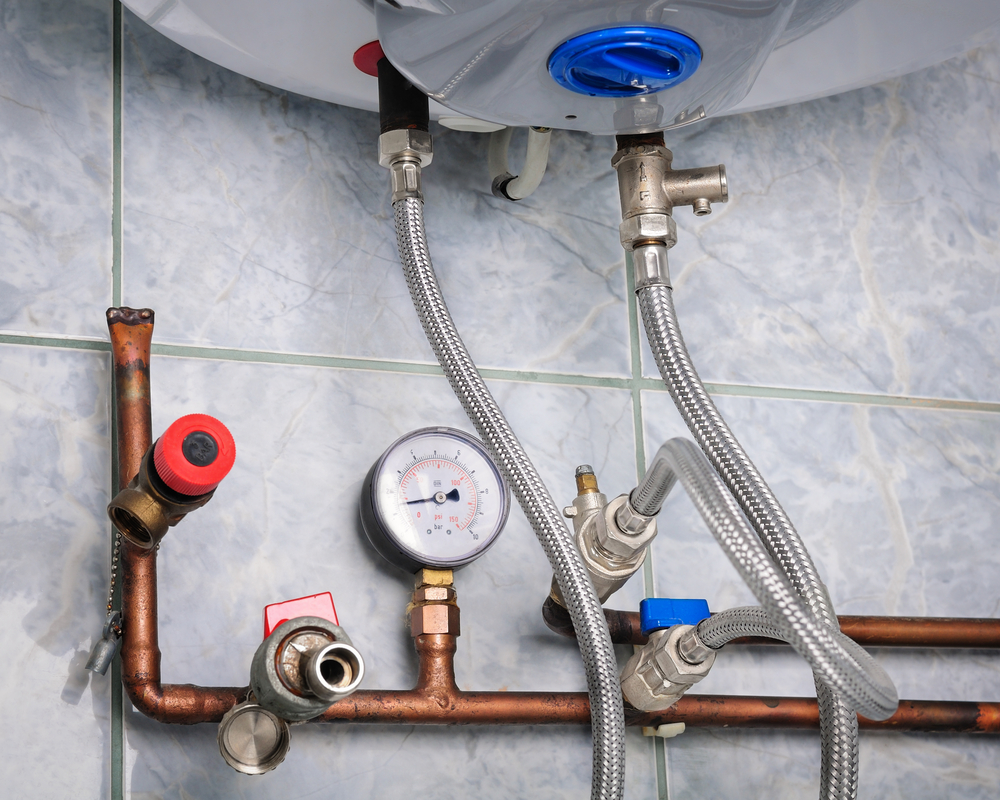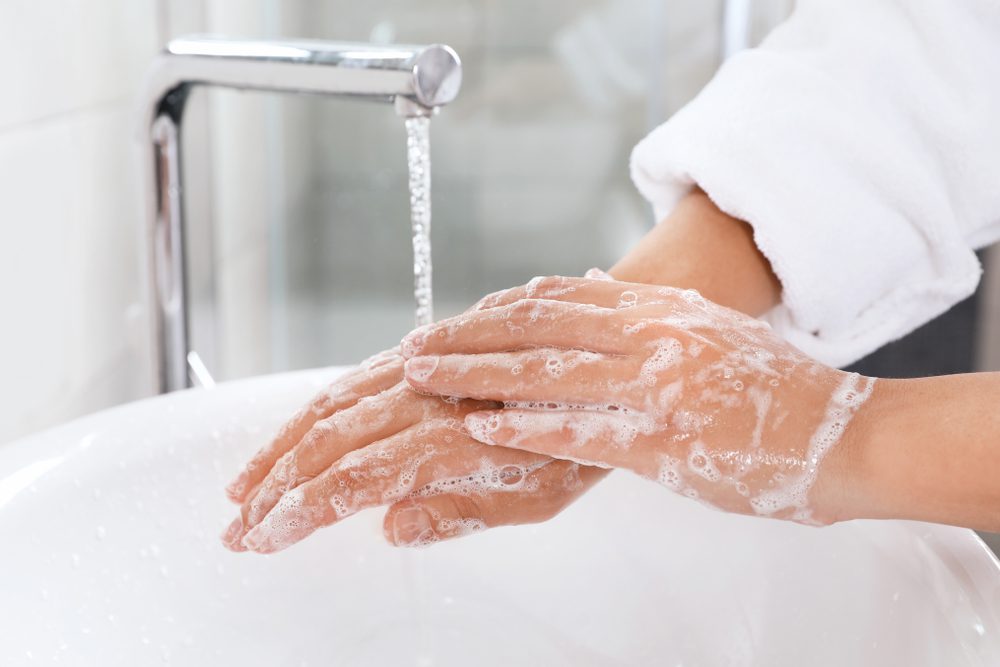Simple Measures to Improve Low Water Pressure in Your Home
Simple Measures to Improve Low Water Pressure in Your Home
Blog Article
Have you been on the lookout for related information around Dealing with Low Water Pressure in Your Home?

Low water stress in your house can be a discouraging issue, influencing everything from bathing to cleaning dishes. If you're experiencing weak water flow, there are a number of feasible causes and services to explore. In this overview, we'll talk about common reasons for low water pressure and practical steps to resolve the issue properly.
Introduction to Low Water Stress
Low tide pressure happens when the circulation of water from your faucets, showers, and various other fixtures is weaker than normal. This can make everyday jobs much more challenging and much less effective. Understanding the reasons for low water stress is important to discovering the appropriate service.
Common Root Causes Of Low Water Pressure
Pipeline Obstructions
Gradually, pipes can become blocked with natural resource, sediment, or debris, restricting the circulation of water. This is a typical issue in older homes with galvanized steel pipelines.
Rust
Deterioration within pipelines can cause leaks and lowered water stress. Rust build-up can restrict water flow, especially in maturing plumbing systems.
Faulty Stress Regulators
Pressure regulatory authorities are in charge of preserving regular water pressure in your home. If they malfunction, it can cause low water stress or irregular circulation throughout your house.
Community Water Issues
Occasionally, the issue lies outside your home. Community water system problems, such as main line leakages or maintenance work, can momentarily decrease water pressure in your location.
Exactly How to Detect Low Tide Pressure
Examining Taps and Components
Beginning by testing the water pressure at various taps and fixtures throughout your home. If the concern is isolated to details locations, it may indicate local problems.
Inspecting Pipelines
Check visible pipelines for signs of leakages, corrosion, or blockages. Focus on any uncommon sounds, such as knocking or rattling pipes, which could show problems within the plumbing system.
Consulting with a Plumber
If you're incapable to identify the cause of low water stress, consider hiring an expert plumber to conduct a comprehensive evaluation. They can determine underlying concerns and recommend suitable solutions.
DIY Solutions to Repair Low Water Stress
Cleaning Up Aerators and Showerheads
Mineral deposits can accumulate in aerators and showerheads, lowering water flow. Remove and clean up these components routinely to improve water stress.
Flushing Water Heater
Debris build-up in the water heater can limit flow and decrease effectiveness. Purging the tank periodically aids remove debris and keep optimal performance.
Examining Stress Regulatory Authority
Make certain that the stress regulator is working correctly. Readjusting or replacing the regulatory authority can assist restore appropriate water stress throughout your home.
Clearing Clogs in Piping
For minor obstructions, attempt utilizing a plumbing serpent or chemical drain cleaner to clear obstructions in pipelines. Be cautious when utilizing chemicals and comply with security guidelines.
When to Call an Expert Plumber
If do it yourself efforts stop working to deal with the problem or if you suspect significant plumbing issues, it's ideal to seek aid from a certified plumber. They have the competence and tools to deal with complex concerns securely and efficiently.
Preventive Measures to Keep Water Pressure
Normal Maintenance
Arrange routine maintenance for your plumbing system to avoid issues such as corrosion, leakages, and blockages. Resolving small troubles early can help prevent more considerable repairs later.
Setting Up a Pressure Booster
Consider installing a pressure booster pump to improve water stress in areas with constantly reduced flow. This can be especially useful for multi-story homes or residential or commercial properties with high-demand fixtures.
Surveillance Water Use
Be mindful of water use routines and stay clear of overtaxing the plumbing system. Basic modifications, such as staggering showers and washing tons, can assist maintain ample water stress.
Verdict
Taking care of low water pressure can be frustrating, however identifying the underlying causes and executing appropriate options can restore optimum circulation throughout your home. Whether it's cleaning aerators, inspecting pipelines, or consulting with a plumber, taking positive steps can guarantee a steady supply of water for your daily requirements.
How to Fix Low Water Pressure In Your Home
Municipal Water Supply Issues
Scheduled maintenance, high demand, and water main breaks are all potential causes for low water pressure within a city or county’s water lines. While there’s not much you can do to personally fix a problem with your city or county’s water supply system, you can play a big role in documenting the issue and alerting those who can.
How to fix it:
Ask your neighbors if they are experiencing any issues with low water pressure. If multiple homes are affected, it’s likely related to the city’s water line.
Contact the local Water Authority to see if there is any maintenance taking place that might be affecting your supply. Also let them know of your specific issues. If other homeowners report the same issues, they’ll know that there could be a larger issue to look into.
Faulty Fixtures
A damaged or clogged shower head, faucet or appliance is the first thing we’d suggest checking, especially if low water pressure appears to be isolated to a specific area of your home.
How to fix it:
First, turn off the main water supply to your home.
Check the affected appliances for build-up or debris. In the case of a faucet, you can simply unscrew the aerator at the tip of the faucet. Showerheads should be fully detached from the water pipe.
While the appliances are detached, you may want to check the water supply to determine if the fixtures were in fact the issue.
To clean, soak the showerhead or aerator in vinegar and brush off any visible debris.
Reattach the fixtures and check the water pressure again. If it is still low, there is likely a deeper issue at hand, which can be determined by a professional plumber.
Pipe Obstructions
Mineral deposits, rust or other debris within water pipes can lead to blockages or corrosion over time.
How to fix it:
When you think of a clog, you probably think of a drain clog. While there are many DIY solutions to clearing a drain, clogs in a water pipe will almost always require the help of a professional plumber. A plumber will be able to locate the affected pipe and clean out any debris or mineral deposit buildup. In severe cases, the pipe may need to be replaced. Your plumber might also recommend a water softening system to remove the minerals from your home’s water supply that can contribute to pipe blockages over time.
Plumbing Leak
Undetected water line leaks can divert water away from your residential pipes, reducing the water pressure in your fixtures.
How to fix it:
Check your water meter by turning off all water sources and monitoring the meter for any movement, which could be a clear indicator of a potential leak.
Check all visible pipes for signs of leaking, including water stains, active dripping or damp spots around the pipe.
Inspect fixtures, including faucets and showerheads, for any drips.
Test the pressure but recording the pressure with the main water valve shut off. Leave off for a few hours and test again. A significant drop in pressure is a clear sign of a leak.
https://kiddcoplumbing.com/plumbing-blog/how-to-fix-low-water-pressure/

How to Fix Low Water Pressure In Your Home
Municipal Water Supply Issues
Scheduled maintenance, high demand, and water main breaks are all potential causes for low water pressure within a city or county’s water lines. While there’s not much you can do to personally fix a problem with your city or county’s water supply system, you can play a big role in documenting the issue and alerting those who can.
How to fix it:
Faulty Fixtures
A damaged or clogged shower head, faucet or appliance is the first thing we’d suggest checking, especially if low water pressure appears to be isolated to a specific area of your home.
How to fix it:
Pipe Obstructions
Mineral deposits, rust or other debris within water pipes can lead to blockages or corrosion over time.
How to fix it:
When you think of a clog, you probably think of a drain clog. While there are many DIY solutions to clearing a drain, clogs in a water pipe will almost always require the help of a professional plumber. A plumber will be able to locate the affected pipe and clean out any debris or mineral deposit buildup. In severe cases, the pipe may need to be replaced. Your plumber might also recommend a water softening system to remove the minerals from your home’s water supply that can contribute to pipe blockages over time.
Plumbing Leak
Undetected water line leaks can divert water away from your residential pipes, reducing the water pressure in your fixtures.
How to fix it:
https://kiddcoplumbing.com/plumbing-blog/how-to-fix-low-water-pressure/
I have been very interested in Low Water Pressure in the House? and I am assuming you enjoyed reading our blog posting. Please take a moment to promote this page if you appreciated it. Bless you for your time. Please pay a visit to our site back soon.
Book My Estimate Report this page